

 The Accurate Reloading Forums
The Accurate Reloading Forums  THE ACCURATE RELOADING.COM FORUMS
THE ACCURATE RELOADING.COM FORUMS  Guns, Politics, Gunsmithing & Reloading
Guns, Politics, Gunsmithing & Reloading  Reloading
Reloading  Sorry! It's about seating depth again...
Sorry! It's about seating depth again...Go  | New  | Find  | Notify  | Tools  | Reply  |  |
| One of Us |
Yea, yea, yea... I know what you're thinking. "Not this $hit again!" Sorry, but it IS this $hit again! 1. Started load development for a very well-made custom target rifle... 2. Used 'cleaning rod method' to determine Max COL 3. Shot one-hole groups during barrel break-in at Max COAL determined by Cleaning Rod. 4. Asked my gunsmith who shoots a gun made with the same reamer he made mine from what his Max COL was. His loads with the same bullet are .040" longer. He then said the cleaning rod method was too crude to get a true measurement. He told me to size a case a tad and seat a bullet that has enough neck tension to pull in and out of the case, then chamber it so that the lands seat the bullet. I came up with a MOAL about .9" longer than with the cleaning rod. 5. I re-developed the load at that length and had a hell of a time getting it to be accurate. I even changed the seating depth deeper by increments of .010" with no luck. Some vertical at range and kinda threw them around a bit. 6. Went back to the drawing board yesterday. Used cleaning rod to determine Max OAL. Max COAL was about .025" longer than when the barrel was new...about 350 rounds ago. The throat has had some erosion. 7. Loaded the charge that worked during break-in at the new Max COAL. Shot 5 shot group in the 15 mph wind at 100 yards that measured .5"... 4 of the shots in 2 holes that measures .25" HC, the cleaning rod works. Whether it is telling me accurately where the lands are, I don't know but my rifles seem to want me to use it to do load development! My point is and I'm stickin' to it......... SEATING DEPTH is just as an important variable as CHARGE WEIGHT in load development. It's happened with every rifle I own and load for. At seating depths that are "wrong", charge weights that are "right" shoot poorly enough to make the developer abandon them. I'll be using the cleaning rod with confidence to determine where to start load development and hope the rifle "likes" the chosen starting depth....Or should I load one charge weight and vary the depth at the beginning to find a OAL the rifle "likes" with that bullet? I'm so confused!! | ||
|
| one of us |
Hey RC, Lets simplify it. Use what is working for you. The Method your Gun Smith mentioned works just fine for many folks, but for some reason(???) the old-faithful, easy-to-use, always-reliable Cleaning Rod Method seems to be working as well for you as it does for me. The only thing I'd suggest is to Re-Check the Throat Movement after each box(100) Bullets through the Barrel. And be sure to Save one Throat Measurement Bullet so you can get an accurate measurement of how much the Throat is actually moving. Record the amount of movement and keep it with the Throat Measurement Bullet. Then when you open a new Box, use one from it to determine the "new" Touch-the-Lands Depth for that Box, determine your OCL, convert OCL to ODL, and you are good to go for that Box. If you are Testing other Bullets, keeping track of the count will keep you aware of when the Groups may begin opening a bit on your normal Bullets. Nothing tricky, just good Data retention which allows you to see what is happening. | |||
|
One of Us |
This I can believe. /////////////////////////////////////////////////////////////////////////// "Socialism is a philosophy of failure, the creed of ignorance, and the gospel of envy, its inherent virtue is the equal sharing of misery." Winston Churchill | |||
|
| One of Us |
Thanks gentlemen | |||
|
One of Us |
Pick the bullet, set the seating depth at .030" for cup and core bullets or .050" for monolithic bullets and set up a ladder with charge weight according to the manuals, shoot them at the range or use the Audette method at 300 yds, choose the best results and then vary seating depth. Works for me 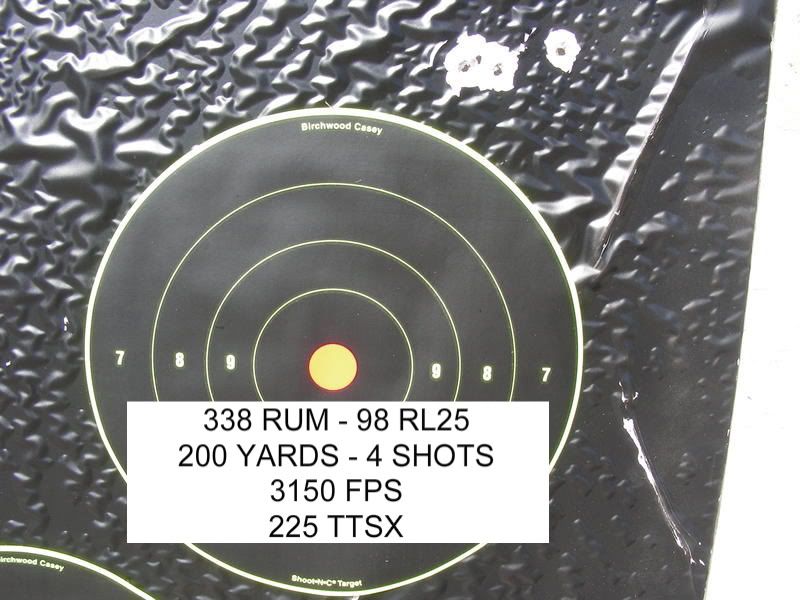 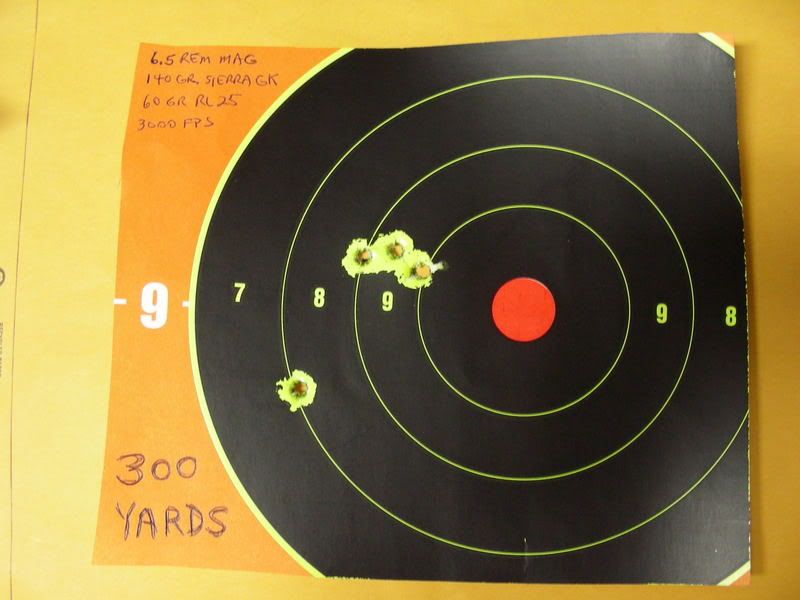 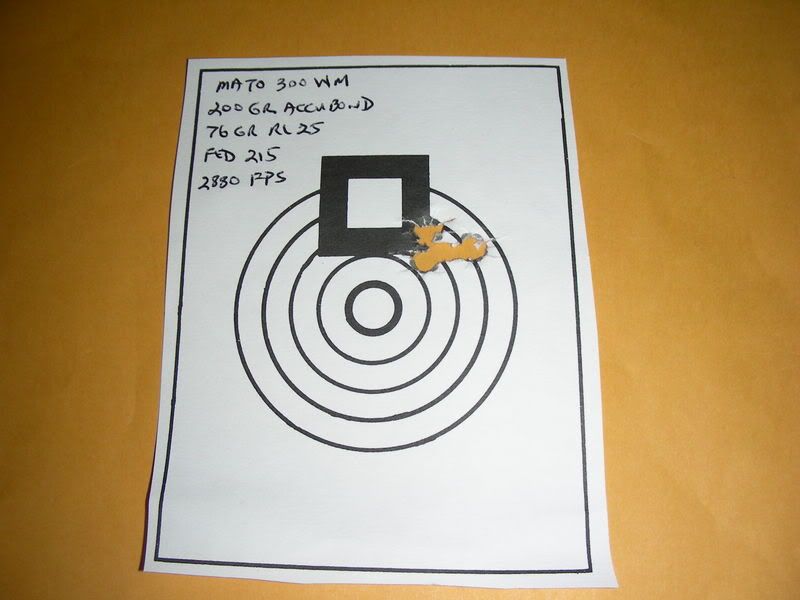 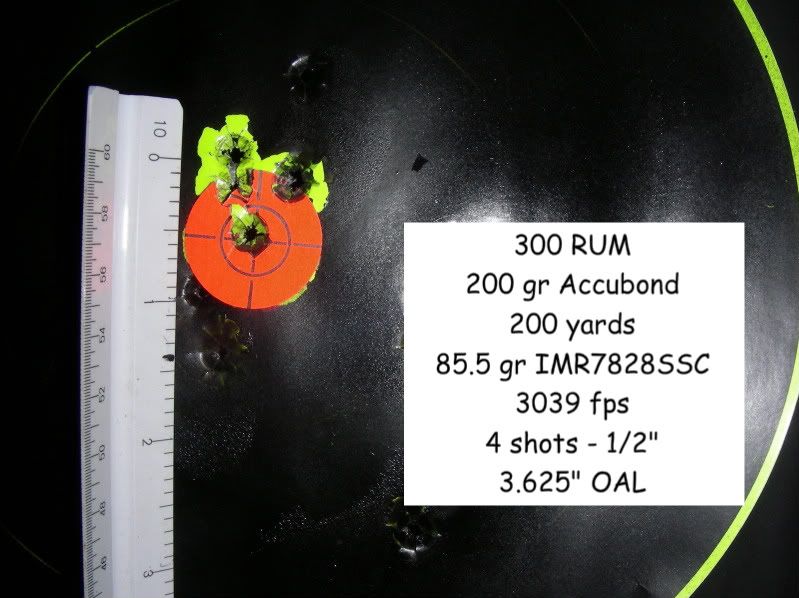 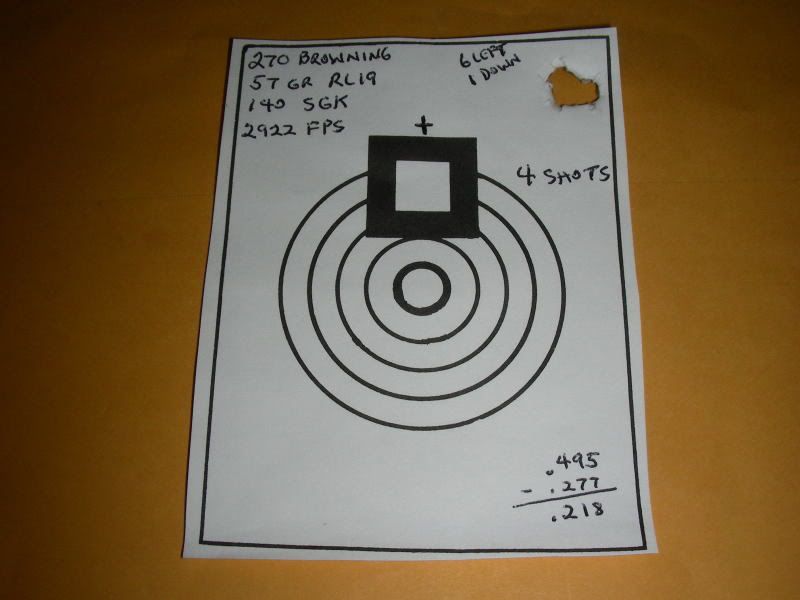 I could go on but you get my point ____________________________________ There are those who would misteach us that to stick in a rut is consistency - and a virtue, and that to climb out of the rut is inconsistency - and a vice. - Mark Twain | Chinese Proverb: When someone shares something of value with you and you benefit from it, you have a moral obligation to share it with others. ___________________________________ | |||
|
| one of us |
Hey Woods, Is hitting the Bullseye 1 of 4 times considered good for a "Custom Rifle"? | |||
|
| One of Us |
It most certainly has, and quite well I'd add! About when I redeveloped the load at the new depth......I actually had to increase the charge weight/velocity to get accuracy not decrease it to get accuracy! And the statement about the depth being just as important as charge weight for accuracy....... Achieving the velocity you want seems to be easy with the proper powder. Data tables show safe maxes (we all have to find the safe max for our individual rifles, but it's a great start). Where the problem lies is achieving accuracy...that's why we all handload. In my experience, the seating depth has a great effect on accuracy. You can tune a random charge weight chosen with just changes in seating depth. I've done it, and sometimes it's the only variable I've needed to tune the load to good accuracy. I have found that charge weights known to be accurate when combined with the wrong seating depth give poor accuracy. Poor enough to lead the shooter to believe that the load (charge) is wrong and begin re-development. This is, of course, because we are all of the mindset that the charge is more important than the depth for accuracy. I believe they are tied together and are dependent on one another. For example, I have found that in the same rifle, W-760 needs a different bullet seating depth than RL-17 with the exact same bullet to be accurate. Velocities are about the same with each powder. What do you think about this: 1. Choose your components for your load. 2. Start with safe powder charges and work up loading only 1 cartridge of each varying the charge weight by .5 grains. Fire the cartridges carefully watching for pressure signs. Establish the max for your rifle. 3. At a charge weight near your new found max load for your gun, run a seating depth test starting at Max COAL down in progressions of .010" for, say, 6 sets of 5 loaded cartridges. 4. Fire the test loads in round robin fashion. 5. Choose the best grouping depth for further tuning with charge weight. 6. Load another test batch of cartridges varing the charge weight down in .3 grain increments (amount of increment dependent on volume of the case. Large volume case would call for larger increment) 5. Fire them in round robin fashion, pick the most accurate. It's the "chicken or the egg" dilema. Example: With this very rifle during barrel break-in, I chose a depth I found by the Cleaning Rod Method. I tested 3 different powders to find my max with each. All the cartridges were loaded at the same OAL. I loaded 5 cartridges of each powder at a safe low weight for break-in (shoot and clean). With each powder tested, I also loaded cartridges with increases in charge weight by .5 grains.. only one cartridge at each weight to find the max with each powder. In this test, the RL-17 was very accurate at the Cleaning Rod Depth without regard to level of charge For the 760 to achieve the same level of accuracy, the depth had to be adjusted. In fact, at the upper end of the velocity range, the 760 sprayed them around in a group double the size. I guess what I'm saying is that with a chosen set of components, the quickest way to the most accurate load may be to find a seating depth for the bullet first. If I'm wrong, it won't be the first time!! | |||
|
| Powered by Social Strata |
| Please Wait. Your request is being processed... |
|
 The Accurate Reloading Forums
The Accurate Reloading Forums  THE ACCURATE RELOADING.COM FORUMS
THE ACCURATE RELOADING.COM FORUMS  Guns, Politics, Gunsmithing & Reloading
Guns, Politics, Gunsmithing & Reloading  Reloading
Reloading  Sorry! It's about seating depth again...
Sorry! It's about seating depth again...

Visit our on-line store for AR Memorabilia

